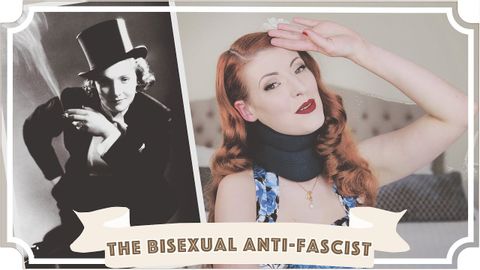バイセクシャル・アンチ・ファシスト // Marlene Dietrich [CC] (The Bisexual Anti-Fascist // Marlene Dietrich [CC])
林宜悉 が 2021 年 01 月 14 日 に投稿  この条件に一致する単語はありません
この条件に一致する単語はありませんUS /prəˌnʌnsiˈeʃən/
・
UK /prəˌnʌnsiˈeɪʃn/
- n. (c./u.)発音;正確な発音;発音の仕方;発音ガイド
- n. (c./u.)条件;期間;学期;用語;関係;項;妊娠期間;任期
- v.t.称する
- n. (c./u.)(ある土地に)生まれた人;全国の;(ある言語を)第一言語とする人
- adj.生まれつきの
- n. (c./u.)疑い;可能性
- v.t./i.疑う
エネルギーを使用
すべての単語を解除
発音・解説・フィルター機能を解除

